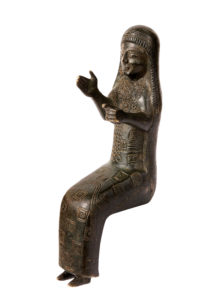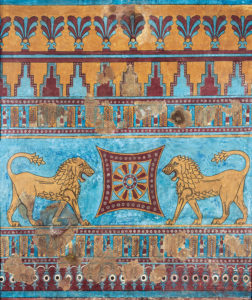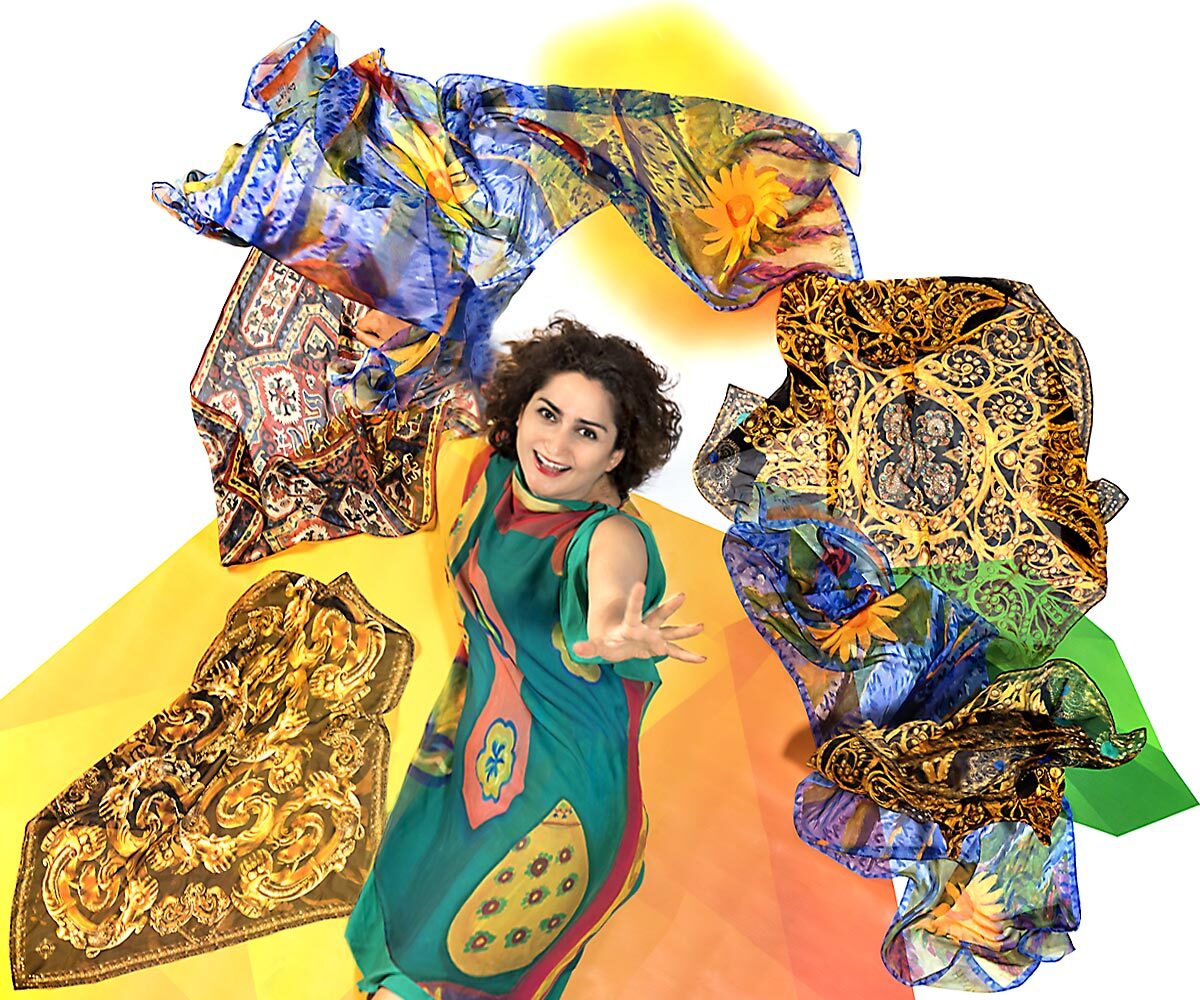A royal gift of love and happiness.
The making of HASIS
As the founder of HASIS, I would like to tell you in brief how I arrived at the development of the brand idea.
My broad experience of creative work with various materials like wood, canvas, metal, stone, paper has enabled me to experiment with combining diverse styles.
As a designer, I cooperated with various Armenian museums, studied significant historical-cultural and art exhibits of different centuries, a process which inspired me and laid ground for the mission behind HASIS – to make art displays accessible to a large number of people through modern jewelry and accessories by transferring the joy of love and happiness that I infuse in every single detail of my work.
HASIS aspires to create works which would be timeless simultaneously being bound to time by emphasizing the characters of their owners and accentuating their personality. We adhere to internationally accepted high standards of supreme quality in all our products.
![]() Hasmik Movsesyan – Founder
Hasmik Movsesyan – Founder

STATUETTE OF GODDESS ARUBANI
8th – 7th centuries BC, Van, Fortress Darabey, bronze, 12 x 3.1 x 5.6 cm
History Museum of Armenia

STATUETTE OF GOD TEISHEBA
8th – 7th centuries BC, Karmir Blour, bronze, 26 x 5.5 x 4.2 cm
History Museum of Armenia

WALL PAINTING FROM THE TEMPLE OF GOD HALDI
8th century BC, Erebuni, clay, 250 x 126 cm
History Museum of Armenia

HELMET WITH AN INSCRIPTION OF KING ARGISHTI I
786 – 764 BC, Karmir Blour, bronze, 30 x 29 cm
History Museum of Armenia
The beautiful legend of Queen Hasis underlies the name of HASIS brand...
The Legend of HASIS
The name of the brand is borrowed from a beautiful legend, according to which Urartian* queen Hasis (7th century BC) gave birth to twelve sons delivering quadruplet boys three times. To share his happiness with his people king Argishti II issued an edict according to which all the women who gave birth to multiplets were rewarded with twelve silver coins from the royal treasury.
The legend motivated me, breathed meaning and essence to the brand, gave birth to the motto:
HASIS – a royal gift of love and happiness.
*URARTU – THE KINGDOM OF VAN… In the mid-9th century BC, one of the most powerful states of the Ancient Near East, known as Urartu from Assyrian inscriptions, came down to the historic scene in the Armenian Highland. The Urartians called their country Biainili. It is mentioned as the Araratian Kingdom in the Bible.
Urartu was formed in the basin of Lake Van and in the Armenian Taurus, from the unification of city-states and principalities that had taken shape before. The first ruler of Urartu known to us was Arameh (860 – 844 BC), who left a powerful state to his descendants. His successor Sarduri I, the son of Lutipri, called himself “a great king, powerful king, king of the universe, king of the country of Nairi”.
In the 9th – 8th centuries BC, due to the reforms initiated by kings Ishpuini and Menua, the Kingdom of Van developed into an empire and reached the peak of its political power under the kings Argishti I and Sarduri II. Defeating the Etiuni tribal rulers in the north and Assyria in the south, the Urartians managed to unite the Armenian Highland countries and establish control over the roads and main routes.
Urartu headed the anti-Assyrian alliance formed in the region. However, in 743 BC, the allies were defeated. Assyria restored its political influence in the Near East. In 714 BC, the Cymmerians invaded Urartu from the north, and the Assyrians from the south. Though defeated, the Urartian kingdom survived for almost one and a half century more and collapsed in 585 BC, in the struggle against the Medes, Babylonians and Scythians.
After the decline of the Urartian statehood, the kingdom of the Armenian Yervandids (Orontids) was formed on the same territory.
Collaborations
Collections
HASIS has cooperated with different museums of Armenia, like the History Museum of Armenia, Martiros Saryan House-Museum, Komitas Museum-Institute, the Museum of Mother See of Holy Etchmiadzin, the Museum of Russian Art and has created collections based on the motifs of their exhibits.














